Breadcrumb
Preparing to Teach About Red Summer in Chicago
At a Glance
Language
English — USSubject
- History
- Racism
Preparing to Teach About Red Summer in Chicago
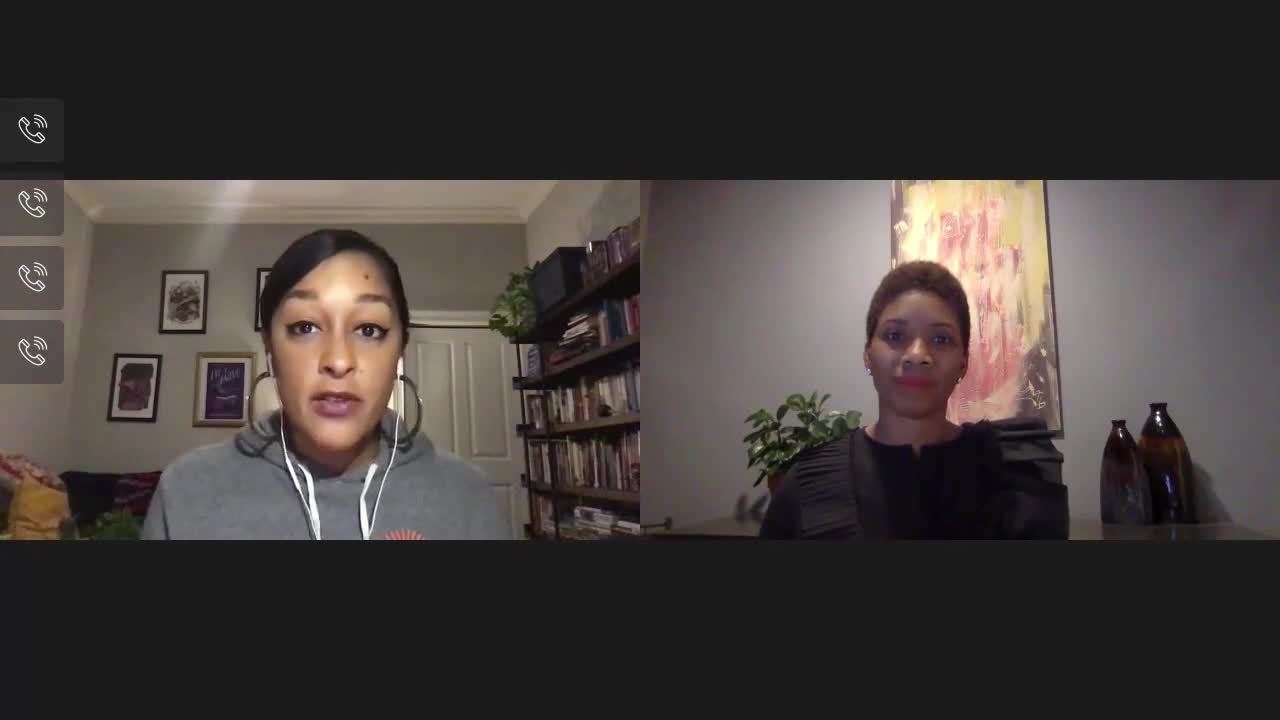
SPEAKER 1: This is really heavy history, and everyone's coming from, even on this call, but even as we're thinking about how we are engaging with this type of history, and interrogating it, and asking these questions, and thinking as an educator and as you in the educational sector how our students would be really working and grappling with this history.
SPEAKER 2: Yeah.
SPEAKER 1: And I just wanted to share, how should educators approach the sessions of this challenging task to really help their students understand the parallels that are evident today?
SPEAKER 2: Well, I think that that's probably a question that there are people in the audience that are way better equipped to answer it than I am. Because, especially right now during the virtual world, as you all are doing the hard work every single day, I appreciate you. I celebrate you. I salute you. But one thing I'll say is that I will speak specifically to white educators who are the majority of educators. Well, I'll talk what I think white people need to do and what people of color need to do.
So I think what white people, when they approach this, one thing to think about is that, for people of color, we have been-- we have like seven PhDs in racism by the time we get out of high school. You know what I mean? And I think that one thing, one place where there's a disconnect is often that white educators are like, how do I talk about race? It's going to be uncomfortable. And it's just because you don't have as much practice.
I got called the n-word for the first time when I was like six. So the uncomfortable conversation about race that you are so worried and timid about having with your child or your students, my mom had to have that conversation with me whether she wanted to or not. She didn't get to opt in. She didn't get to do a PD.
I remember the Klan, the famous Klan rally that was planned for Skokie in the early '90s. They flyered in our neighborhood. I had to ask my mom, what's the Ku Klux Klan? Because I, look, wasn't-- you know? So black parents don't get to choose. People of color, we don't get to choose, pick and choose. Right?
And so your students are talking about, thinking about these things all the time, your students of color. Your white students are also, by the way, talking and thinking about race all the time even though they may have a different language for it. And it's also your responsibility to engage them in those critical conversations.
And so I would say for white educators to just read what you need to read, do what you need to do, and just try to get comfortable. In the same way that you have been new at a lot of other things in your life, and you practice, and you got better, and this is a thing that you might be new at, and you'll practice, and you get better. But the more you avoid it or the more you're worried about saying or doing the wrong thing, then you never grow. Right?
And I would also encourage folks to think about who in your life can give you critical feedback on that process-- not your random black friend from college. Please don't call them up and ask them to help you. And in an appropriate professional context, if you have a teacher mentor, if you have a colleague who can consent to giving you some feedback, looking over a lesson plan, looking over your discussion classes, observing you, giving you some tips about how they have approached some of these conversations, I think that that's a really great-- and also asking your students, being open to their feedback and to the things that make them uncomfortable that they push back against, that should be a learning for you.
And I think that one of the biggest things that I believe passes as kind of normal in a lot of these conversations but I actually believe is a relic of white, normative, Eurocentric culture is the idea that there has to be a clean answer for everything and there has to be a happy ending for everything. And so, oftentimes, when white teachers do get in these conversations, they're like, but then-- but now everything's fine.
It's like, you know what? Everything is not fine at all-- actually, still pretty terrible. And it's such a profound act of erasure to say something like that. Even though you want to be soothing, you want to be calming, you don't want to agitate your students or upset them, but they know that everything is not fine, and so it becomes really disingenuous to do that.
It also becomes disingenuous to act as though the answers are easy. All we have to do is be nice to each other. If all we had to do is be nice to each other, I wouldn't be writing the same book 100 years later, and people are like, wow.
Like in The Negro in Chicago, the recommendations that they made to try to end racism in Chicago a century ago, they're like, we can knock out this racism thing, guys. All we need to do is make sure black people have fair housing. We need to make sure black people have high-quality schools, access to employment opportunities, access to green space, that the police don't discriminate against them, that the media doesn't always portray them as criminals.
And I'm reading this like, wow, this is really a bummer. I want to go back in time and tell these people like, ooh, we didn't do any of that. Like, sorry. You know?
And so everybody knows that. So I think just being comfortable with that and knowing that this is going to be a process is important. I think, for educators of color, I think it's really important. And actually, I'll say specifically non-Black educators, you might be floating in between these spaces where there might be some things about anti-Black racism that make you very uncomfortable to discuss. But perhaps you as a person of color have also experienced elements of racism and discrimination. And so you can pick from the smorgasbord of the things that I'm saying.
But I think that educators of color, Black educators in particular, I think it's really important to set boundaries around care for yourself and for your students around how you avoid these conversations simply being traumatizing, or retraumatizing, or triggering. And I think that it's important for you to figure out where you are, and what you want to get out of the conversation, and what kind of support you need for it to be a productive conversation before you move into it.
And I think, to the degree that you feel comfortable, also sharing family stories, legacy stories, if you have family members that came during the Great Migration-- and this is also important because I think a lot of people don't realize that African Americans in Chicago, this is our migration story. For African Americans in Detroit, Philly, New York, Oakland, we didn't come up out of the ground in these places. We have a migration story that is often not told.
And I think that if you're comfortable, if that meshes with your background and that's something you want to share, I think that that's an important way of having this conversation. I think that students who have their own family migration stories-- Black people in this book are leaving a place where they are fearing for their lives, where they are living under a regime of white supremacist terror that is sanctioned implicitly and sometimes explicitly by the state. And there are lots of people in your classroom and in your school buildings who can relate to having family members, or ancestors, or maybe they themselves fleeing a place because they no longer can make a safe home there.
And so I think that if you feel comfortable bringing in some of those narratives and also encouraging students to gather some of these family narratives as well, I think that that's a really great place to enter. But I really urge you to engage in self-care, not just with this topic, but I think that if you're a black educator right now, you are carrying a lot. And I just encourage you to take care of yourself and figure out what boundaries you need to set in order to make it to the next day. Because it's not worth it to lose you over a tough conversation.
SPEAKER 1: Yeah. I was just wanting to share, and I was just scribbling notes down. It really answers, in many ways, the question, the bigger question that we've been hearing of late really since the murder of George Floyd and others who have lost their lives at the hands of violence and race-based violence, what can I do? How can I help?
SPEAKER 2: What do I do? Right.
SPEAKER 1: Exactly. And you just gave us the list-- first of all, the willingness to want to learn, active engagement, being uncomfortable, being willing to be uncomfortable as we're engaging in this conversation, setting those boundaries for care, and understanding those traumas, those traumatic triggers so that we can protect our students and the self-care that's necessary, particularly for Black educators--
SPEAKER 2: Yes.
SPEAKER 1: And sharing those stories. Yeah, yeah.
SPEAKER 2: Well, thank you. It sounds good when you list it that way. I think one other I would throw in there is to also think about local and community resources. And so there are so many people-- I love Chicago because this is my home. But there are so many people wherever you live that are dedicated to documenting the histories. And oftentimes, those histories are not something that everybody knows about. Right? And so who are the people? Who are the community members?
I found that when I was working on Ghosts in the Schoolyard, I ran into a community member, and I was talking about where I used to teach, the school where I taught. And he was like, oh, over by the Confederate cemetery? I was like, Mr. Taylor, there's no Confederate cem-- there's no Confederate anything on the south side of Chicago. What are you talking about?
He's like, oh, yes, there is. There is a Confederate POW camp over there on Calumet and 32nd Street. I was like, OK. Right? And I was like, OK, thanks, Mr. Taylor.
I went and looked it up. Chicago was home during the Civil War to Camp Douglas, which was a notorious Confederate POW camp in which people were-- soldiers who were captured from the Confederacy were held in horrible conditions. And a lot of them died, and they are buried. Literally, their bodies in the relics of this POW camp are under the surface of my former school where I taught. And since then, archaeologists have actually been going and doing digs on the site of this POW camp.
But I only learned that-- I didn't learn that at Harvard. I didn't learn that from a book. I didn't learn that from a professor. I learned that by listening to somebody in my community who had wisdom to share. And there are countless things like that I've learned just from being in conversation. So I would also invite folks to think about, who are those knowledge-keepers in your community? And how do you also bring them into the classroom and into conversation with your students?
Preparing to Teach About Red Summer in Chicago
You might also be interested in…
10 Questions for the Past: The 1963 Chicago Public Schools Boycott

Why Is the Coronavirus Disproportionately Impacting Black Americans?
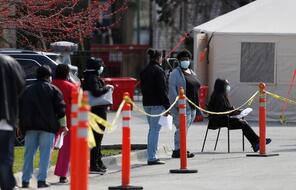
Voting Rights in the United States
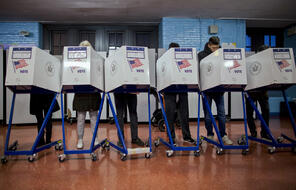
The 1968 East LA School Walkouts

California Grape Workers’ Strike: 1965–66

The Hope and Fragility of Democracy in the United States
Enacting Freedom
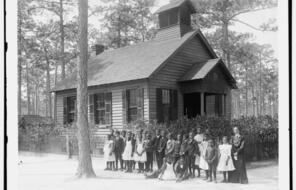
The Legacies of Chinese Exclusion
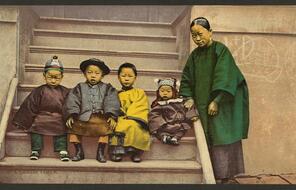
Understanding #TakeaKnee and Athlete Activism

What Happened During the Insurrection at the US Capitol and Why?
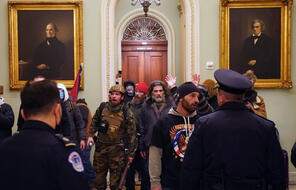
#IfTheyGunnedMeDown

The Impact of Identity


